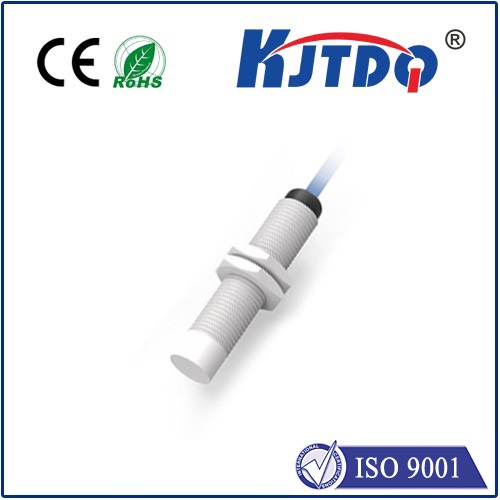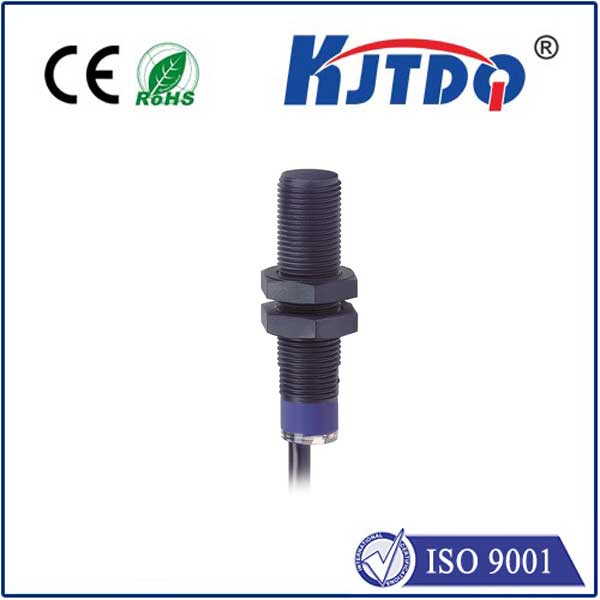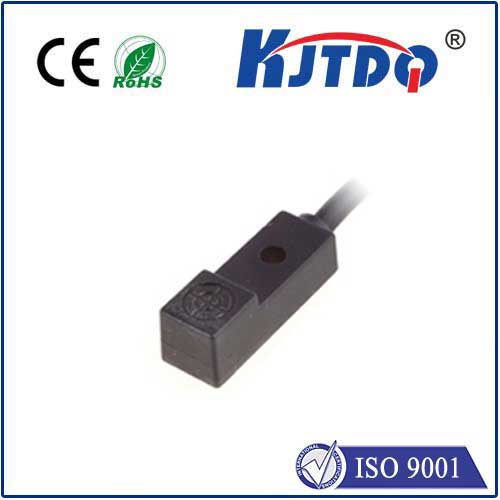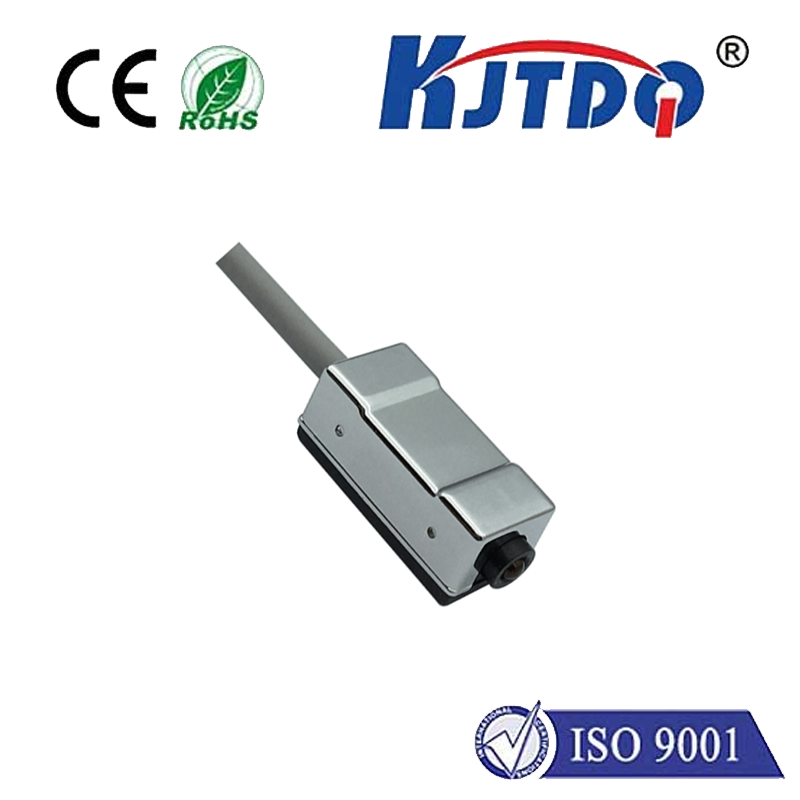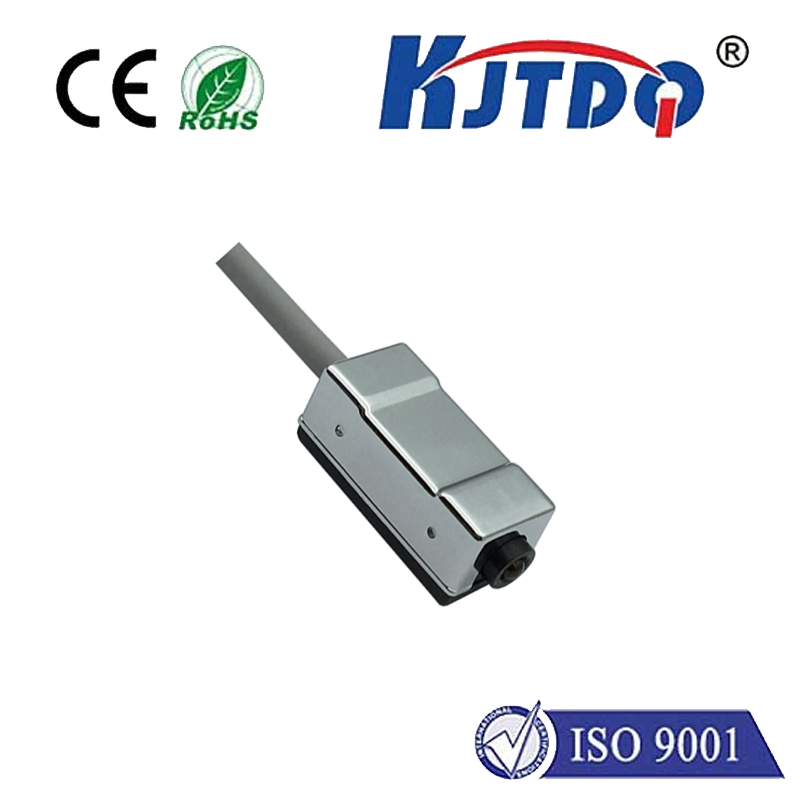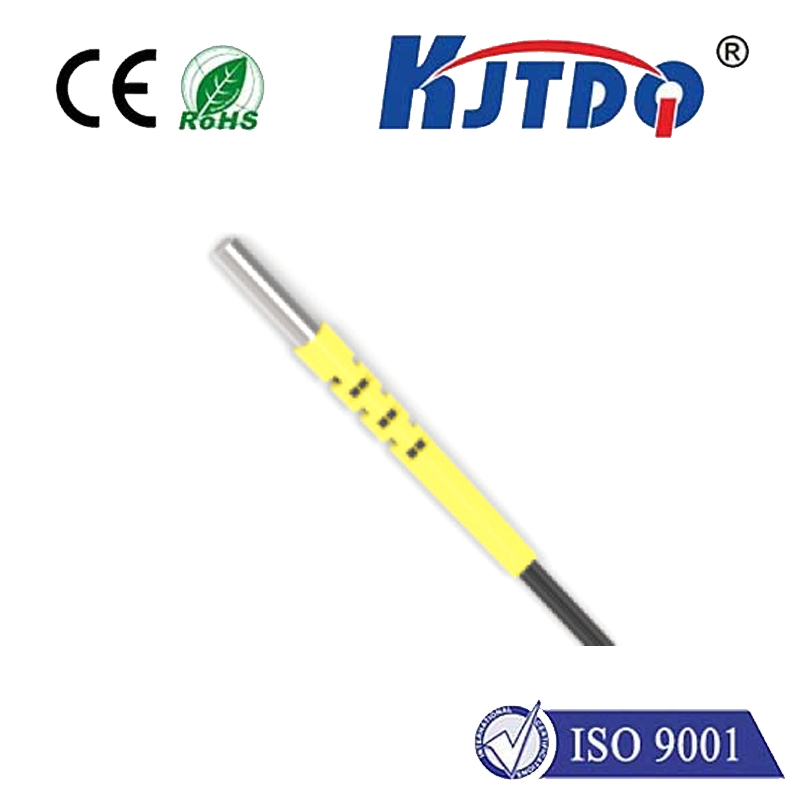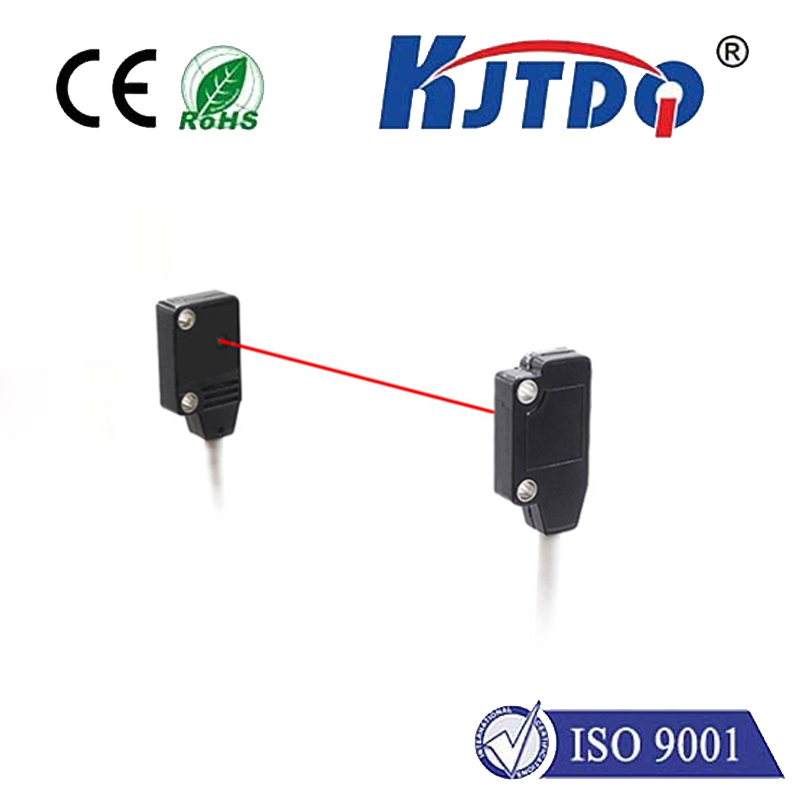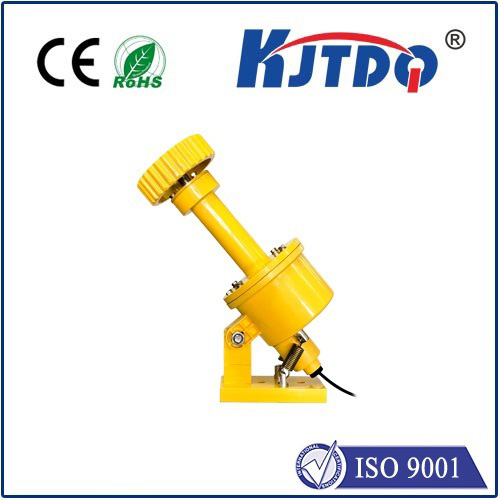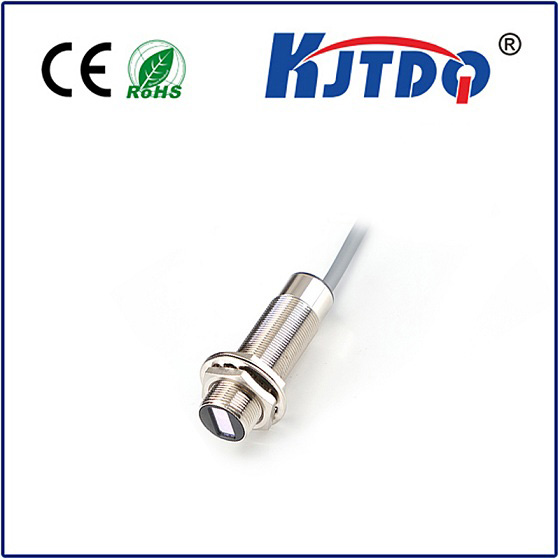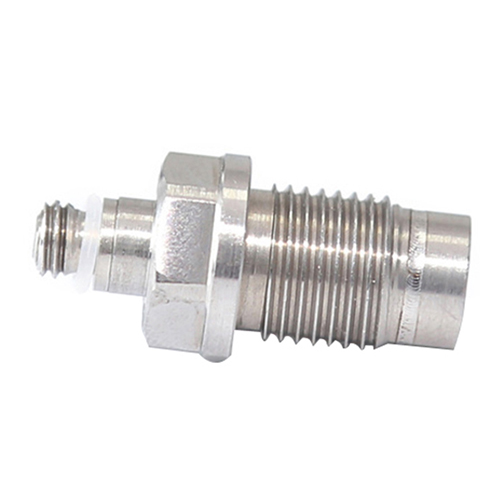3300 xl proximitor sensor
- time:2025-07-08 04:13:38
- Нажмите:0
Prevent Catastrophic Failures with the 3300 XL Proximitor Sensor: Your Ultimate Guide
Industrial machinery is the beating heart of countless operations, from power generation to oil refining. When critical assets like turbines, compressors, and large motors falter, the consequences are rarely minor—unplanned downtime translates to staggering financial losses, potential safety hazards, and operational chaos. At the forefront of defending against such disasters lies a seemingly unassuming yet vitally important component: the 3300 XL Proximitor Sensor. This transducer is far more than just a sensor; it’s a sophisticated sentinel, continuously monitoring the health and behavior of rotating machinery to provide the essential data needed for predictive maintenance and operational integrity. Understanding its function and value is paramount for any reliability professional.
The Science Behind the Monitor: How the 3300 XL Proximitor Works
Unlike sensors that measure temperature or pressure directly, the 3300 XL Proximitor operates on the principle of non-contact measurement. Specifically, it utilizes eddy current technology. The sensor itself contains a precisely calibrated coil energized by a high-frequency radio signal from its companion monitor (like the Bently Nevada 3500 series). When this electromagnetic field is brought close to a conductive target material (typically the shaft of a machine), it induces circular electrical currents—eddy currents—in that target.
The crucial factor is the distance (or gap) between the sensor tip and the target. As this gap changes, due to shaft vibration or position shifts, the strength of the eddy currents alters. This, in turn, affects the impedance (resistance to alternating current) of the coil within the Proximitor. The sensor’s internal circuitry is designed to convert this subtle change in coil impedance into a highly precise, linearly proportional DC voltage signal.
This output – often referred to as the “gap voltage” (or DC gap) – is the fundamental data stream. Key parameters derived from this include:

- Radial Vibration: The dynamic movement of the shaft perpendicular to its axis, indicating potential imbalance, misalignment, bearing issues, or other mechanical problems.
- Axial Position (Thrust): The position of the shaft along its axis, critical for monitoring thrust bearing wear in turbines and compressors, preventing catastrophic failure due to excessive movement.
- Differential Expansion: The relative growth difference between a machine’s rotor and stator due to thermal effects, vital for large steam turbines during startup and shutdown sequences.
- Eccentricity: The deviation of a shaft from perfect circular rotation when at rest, often a precursor to vibration issues.
Why the 3300 XL Proximitor Reigns Supreme in Critical Applications
The 3300 XL series isn’t just a proximity sensor; it represents a benchmark in reliability and performance for demanding industrial environments. Here’s what sets it apart:
- Robust Design & Rugged Construction: Engineered to withstand the harsh realities of industrial settings—extreme temperatures, high humidity, corrosive atmospheres, and significant electromagnetic interference (EMI). Its robust housing protects sensitive internal electronics.
- Calibrated Precision & Consistency: Each sensor is individually calibrated against a specific target material (standardized per API specifications), ensuring consistent sensitivity and output across all sensors in a system. This interchangeability is crucial for accurate monitoring and maintenance.
- Thermal Stability: The sensor’s output exhibits minimal drift over a wide operating temperature range (-40°C to +120°C / -40°F to +250°F ambient, with higher ratings for special versions), guaranteeing reliable readings even as ambient conditions fluctuate drastically.
- Dual-Voltage Capability: The 3300 XL Proximitor Sensor can operate effectively with both -18 Vdc and -24 Vdc power supplies provided by the monitoring system, offering greater flexibility and compatibility, especially during system upgrades.
- Long Cable Runs: Designed to maintain signal integrity over extended cable distances common in large machinery installations, minimizing signal degradation that could lead to inaccurate readings. Proper cable termination (typically via robust, threaded connectors) is essential.
Where Precision is Non-Negotiable: Key Applications
The 3300 XL Proximitor Sensor is indispensable in scenarios where machinery failure is simply not an option:
- Steam Turbines & Gas Turbines: Monitoring radial vibration, thrust position, eccentricity, and differential expansion is vital for safe and efficient operation. Catching thrust bearing wear early can prevent the rotor from physically contacting stationary parts.
- Centrifugal & Reciprocating Compressors: Essential for detecting imbalance, misalignment, bearing defects, and rod drop (in reciprocating types) through precise vibration measurement and position monitoring.
- Large Electric Motors & Generators: Protecting these capital-intensive assets by detecting developing bearing faults, cooling issues (via shaft position shift), or rotor anomalies.
- Pumps (Critical Service): Monitoring vibration levels and axial float in large boiler feed pumps or other high-energy pumps to prevent seal failures and catastrophic breakdowns.
- Paper Machine Rolls & Other Process Machinery: Ensuring smooth operation and product quality by maintaining precise roll positioning and detecting vibration anomalies.
Installation and Integration: Maximizing Performance
Proper installation is paramount for the 3300 XL Proximitor Sensor to deliver accurate data. Key considerations include:
- Target Material: The sensor must be calibrated for the specific material of the machine shaft or target area (e.g., AISI 4140 Steel). Using it on an incorrect material renders calibration invalid.
- Target Area: Requires a smooth, clean, non-magnetic, conductive surface larger than the sensor tip. Surface finish and runout significantly impact accuracy.
- Mounting: Rigid mounting is essential to prevent the sensor itself from vibrating, which would corrupt the data. Correct gap adjustment using feeler gauges during installation is critical.
- Sensor Orientation: Proper alignment perpendicular (for vibration) or parallel (for axial position) to the target surface is mandatory.
- Cabling: High-quality, shielded coaxial cable specifically designed for dynamic signals is required. Correct grounding practices are crucial to avoid ground loops and noise interference. Cables should be secured away from sources of EMI.
Beyond Basic Monitoring: Advantages of the Proximitor System
Integrating 3300 XL Proximitor Sensors into a comprehensive monitoring system (like Bently Nevada 3500) unlocks powerful advantages:
- Predictive Maintenance (PdM) Foundation: Continuous, high-fidelity data enables trend analysis, revealing subtle degradation patterns long before failure occurs. This shifts maintenance from reactive (break-fix) or scheduled to truly predictive, optimizing resource allocation and minimizing downtime.
- Enhanced Machine Protection: Monitoring systems can be configured with alarms and trip setpoints based on the Proximitor inputs, automatically initiating machine shutdowns to prevent catastrophic damage if pre-defined thresholds are exceeded.
- Operational Diagnostics: Analyzing vibration spectra and position trends provides deep insights into the root cause of developing problems (e.g., imbalance, misalignment, bearing defects, instability), guiding effective corrective actions.
- Condition Assessment & Optimization: Understanding the baseline “healthy” vibration signatures allows for ongoing assessment and fine-tuning of machinery for peak performance and longevity.
Choosing the Right Tool: Versatility Within the Line
The 3300 XL Proximitor Sensor range offers various configurations to meet specific application needs:
- Standard Industrial Housing: The most common variant.
- High-Temperature Versions: Designed for locations exceeding standard ambient limits.
- Intrinsically Safe (IS) Versions: Certified for use in hazardous locations where explosive atmospheres may exist.
- Special Connectors: Options for different cable termination requirements. Selecting the correct model ensures compatibility and optimal performance in the intended environment.
The **3300 XL Proximitor Sensor

